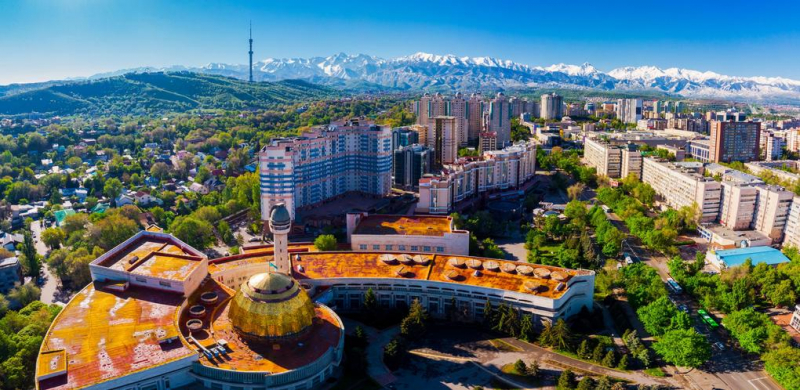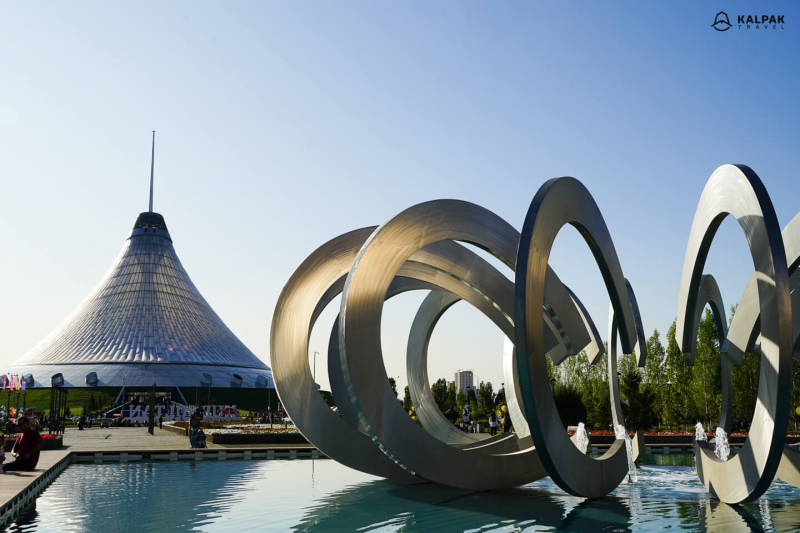Nur-sultan And Almaty
Kazakhstan's cities are a combination of goofy and chic, with hipster coffee roasters and craft brewers, Russian mansions with gingerbread trim, starchitect-designed landmarks, and the world's largest tent. Visitors tend to stick to Nur-sultan (known as Astana between 1998 and 2019), the capital city, which was purpose-built to demonstrate the country's wealth, and Almaty (Kazakhstan's largest city), which is noted for its old-school European boulevard vibes. A long weekend in Almaty offers the ideal combination of markets and museums during the day, late-afternoon people-watching strolls around pedestrian streets, and wonderful meals paired with a great craft beer in the nights.
Nur-Sultan is known for its futuristic architecture and skyline, which rivals that of Dubai. Several universities, an opera, a symphony orchestra, museums, and shopping malls are among the city's educational and cultural institutions. 10 President Nursultan Nazarbayev's efforts to make Nur-Sultan a culturally advanced city in Central Asia have resulted in a city that is notably modern. The city has spent billions of dollars hiring international architects, resulting in a unique mix of contemporary design with Kazakh flair in Nur-Sultan. The Presidential Palace, Parliament House, and the Supreme Court are among the city's numerous outstanding government structures.
Almaty is Kazakhstan's largest city and served as the country's capital until 1997. The city continues to have a significant impact on the cultural and economic affairs of the country. Almaty is located in Kazakhstan's southeast corner, 40 kilometers north of Kyrgyzstan. Almaty means "apple city," and the city has a diverse selection of apple trees because to its temperate environment. The Central State Museum is Almaty's most visited museum, with a variety of fascinating displays ranging from Genghis Khan to current Kazakhstan. The museum is one of Central Asia's largest museums. The Central State Museum is open to the public from 9.30 a.m. to 17.30 p.m.













